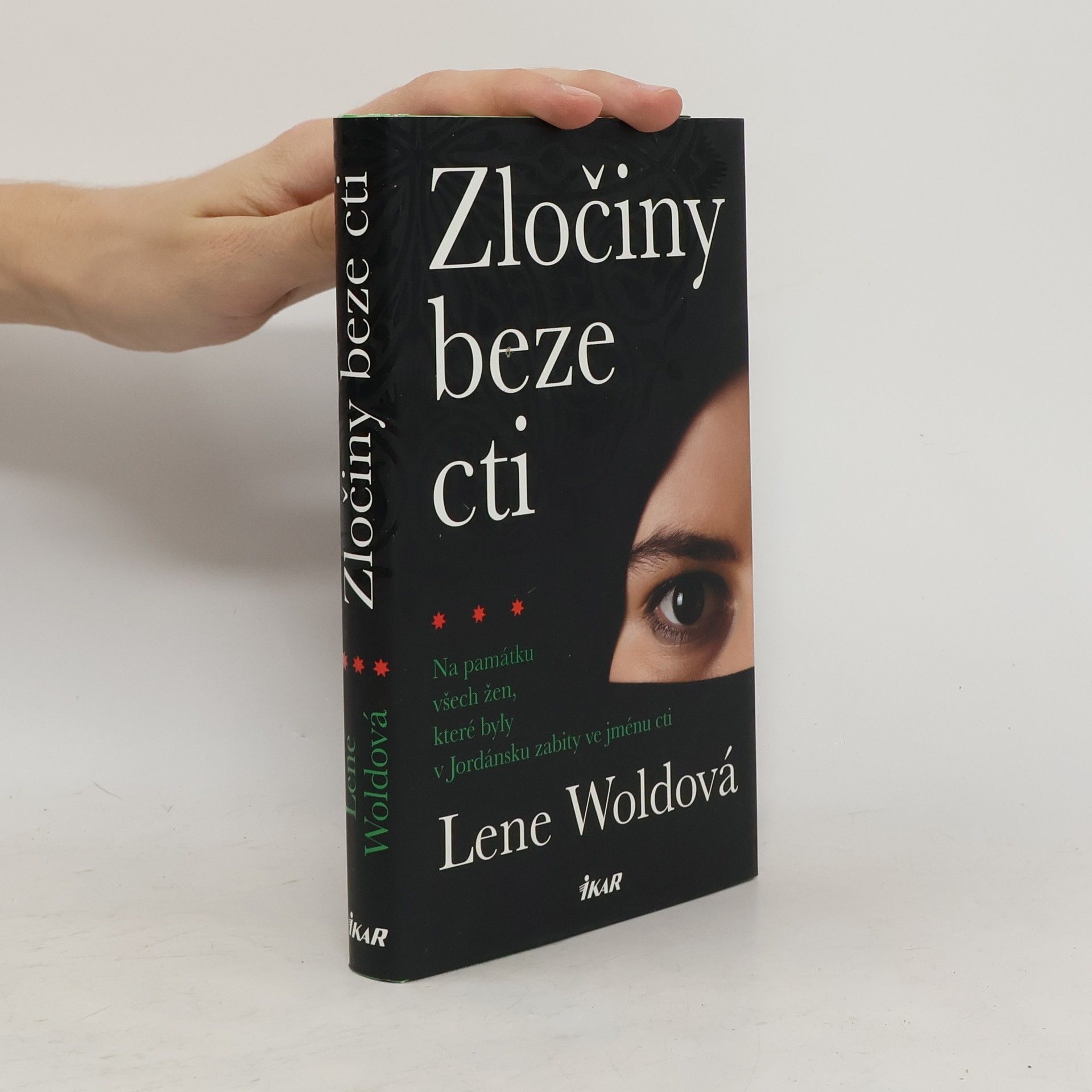A POCKET HISTORY OF POLAND began as a course on Polish history and culture that Dariusz Sirko, then 25, gave in Madeira island, Portugal, while participating in the European Voluntary Service in 2017. The avid interest that the presentation kindled in the course’s international audience inspired Sirko to expand and deepen it into this book. The informal, youthful, conversational tone of the presentation has carried over into the book. It is one of the qualities that distinguishes it from other readily available histories of Poland, in printed form or online, from wikipedia to bulkier library tomes. Meant not only for history enthusiasts but also for tourists, A POCKET HISTORY OF POLAND would enhance and enrich any visit to this part of the globe – literary, virtual or in-person. Would you like to know why the Polish coat of arms features a white bird and a sunset-red background? Or why Poland has often been referred to as the beating heart of Europe? Or how the country has fared post-Communism or post-EU accession? The continuing relevance of these and many other themes and stories animate a multi- dimensional book filled with outsize-personalities, some of them globally redefining, like Copernicus, Chopin, Walesa, John Paul II, and Marie Curie. Even those already steeped in Polish history could find new perspectives in the book, in the way it revivifies or embellishes narratives of, say, the Piast or Jagiellonian medieval dynasties (with their fair share of heroes, libertines, and saints) with the occasional wry comment that could only come from someone who has grown in the internet age. Those who have little acquaintance with Polish history and culture will experience a stimulating and enriching dive not only into the book’s core focus but the history of Central/Eastern Europe as well. A POCKET HISTORY OF POLAND reaches deep into the past to illuminate the personal and the present, the white bird from the ruins.
Lene Wold Livres



Zločiny beze cti
Na památku všech žen, které byly v Jordánsku zabity ve jménu cti
- 224pages
- 8 heures de lecture
Jak lze obhájit vraždu ze cti? Tato otázka zavedla autorku hluboko do jordánské kultury, do věznic v Akabě i do nekonečné pouště Vádí Rúm. Zkoumala právní dokumenty i archivy novin a hledala v nich případy vražd ze cti, k nimž došlo mezi roky 1995 a 2014. Nakonec sestavila seznam 139 jmen. Našla 139 žen, které byly zastřeleny, uškrceny elektrickým kabelem, upáleny, popraveny sekerou, ukamenovány, přejety nebo donuceny vypít jed – z důvodů, jako je znásilnění, nepřístojné chování, nevěra, či za to, že měly make-up nebo prostě přišly pozdě domů.